Gifts for the Conservation Minded
Wednesday, December 4th, 2019This is Passport to Texas
Holiday gift giving season is upon us, and if you have nature lovers on your list—the giving is easy—and twice as nice.
A seventy-dollar Texas State Parks Pass is a thoughtful gift for your outdoor enthusiast. Pass holders enjoy twelve months of unlimited visits to more than ninety state parks and historic sites. They also get discounts on camping and recreational equipment rentals. Money spent on the pass supports your Texas state parks.
For thirty dollars each, you can give the drivers on your list a conservation license plate. Twenty-two dollars from every sale goes directly to help fund conservation efforts in Texas.
Give every outdoor lover on your list access to more than a million acres of public land—with the Limited Use Permit—for the ridiculously reasonable price of twelve dollars.
Permit holders receive twelve months of access to Texas’ wildlife management areas, where they can fish, hike, bird watch, cycle, and camp.
When you give one of these gifts, you delight the receiver, and help support state parks and conservation in Texas.
Of course, you can always give the gift of yourself to those you love by spending time with them outdoors, away from the hustle and bustle of modern living—if only for a few hours.
For Texas Parks and Wildlife…I’m Cecilia Nasti.
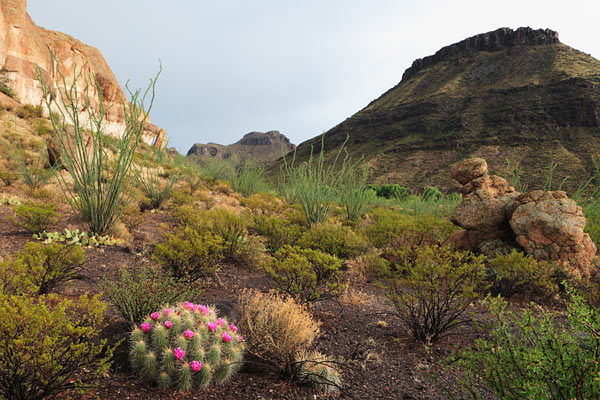

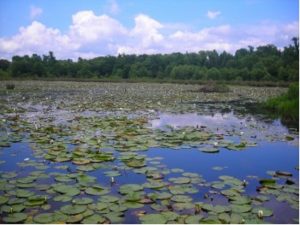
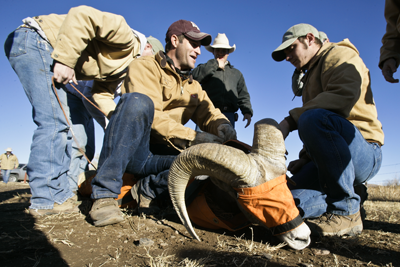
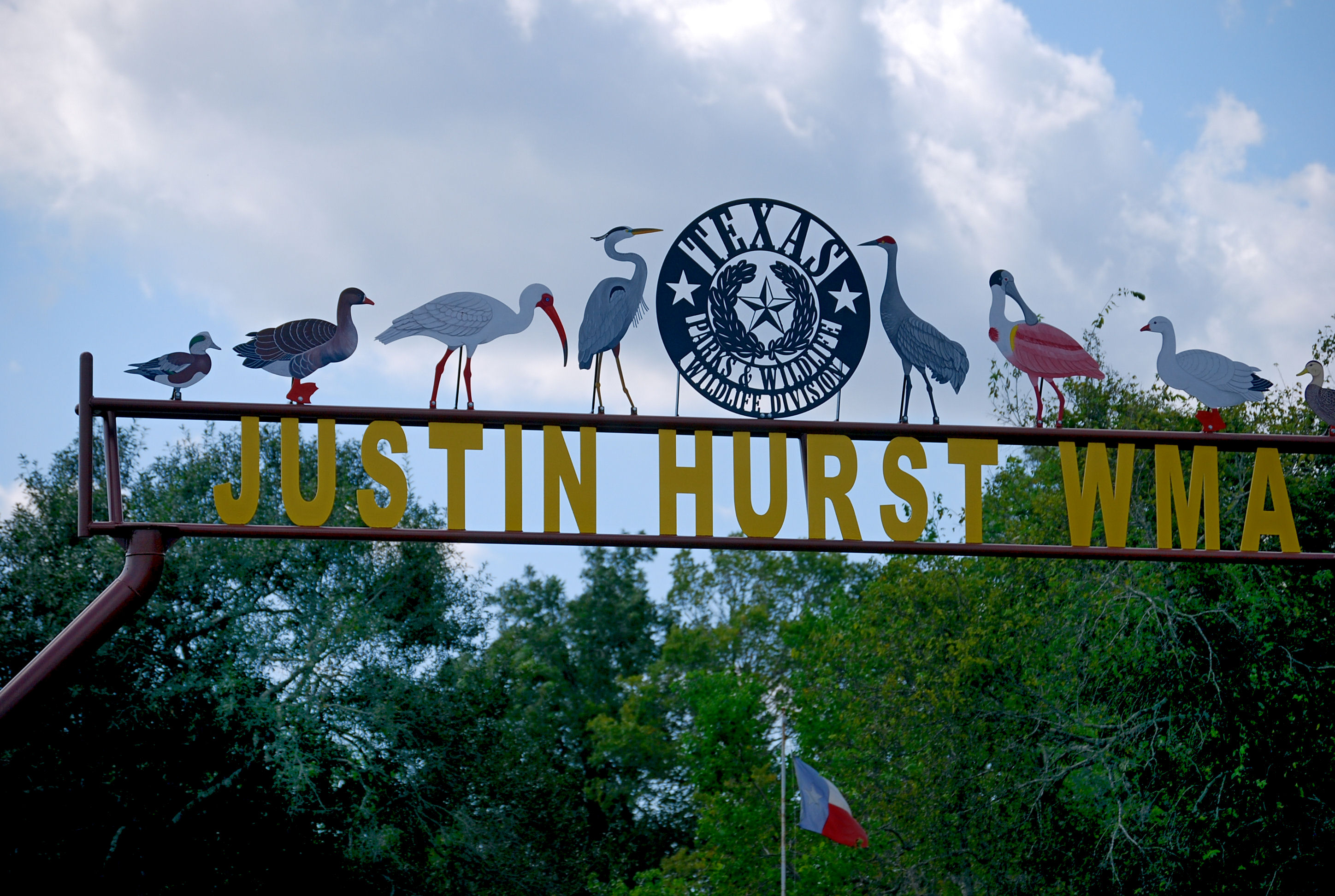
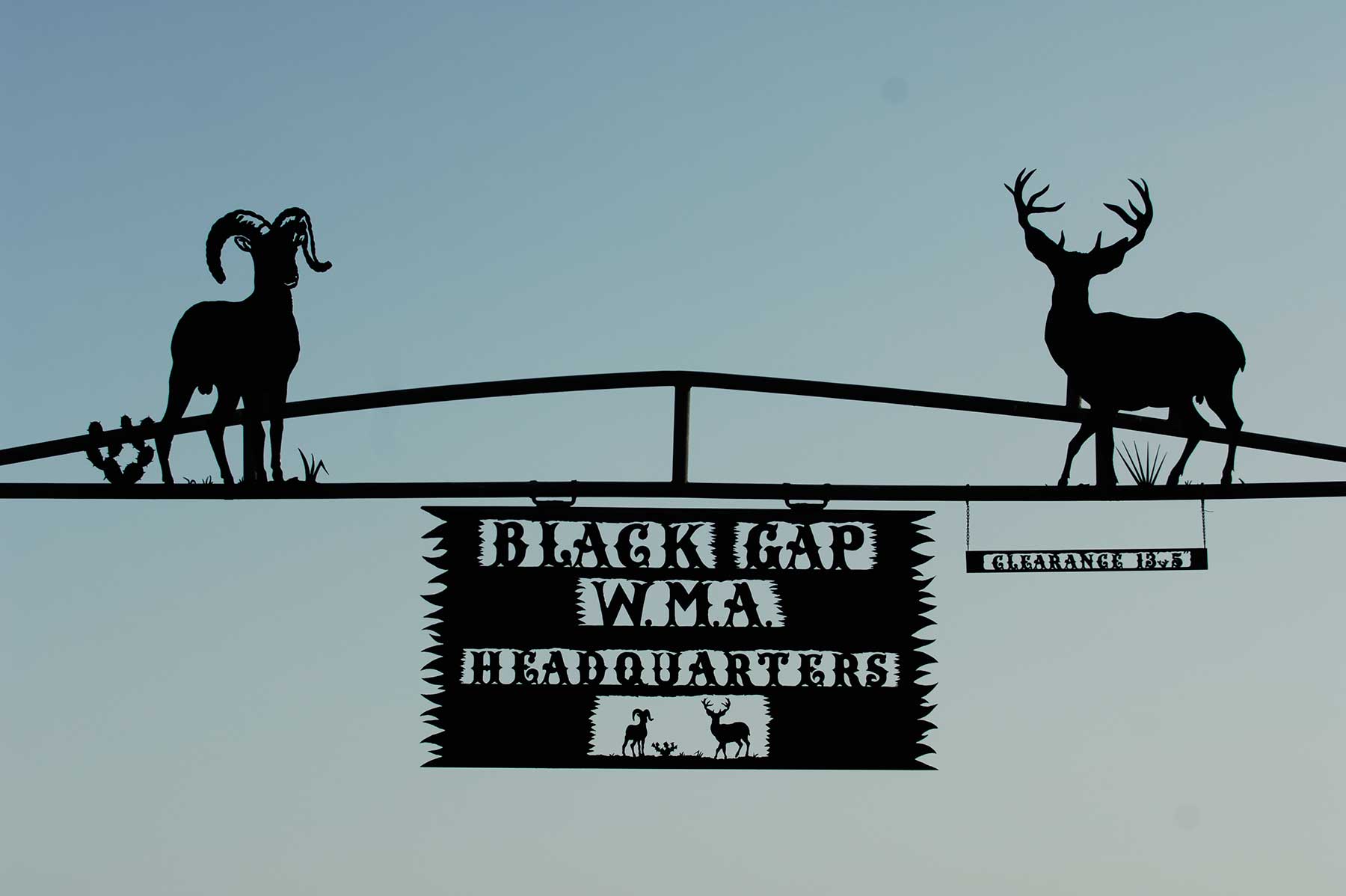

 Passport to Texas is a
Passport to Texas is a  Passport to Texas is made available by:
Passport to Texas is made available by: